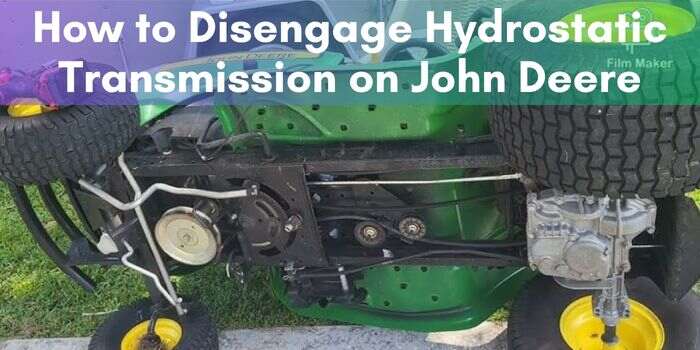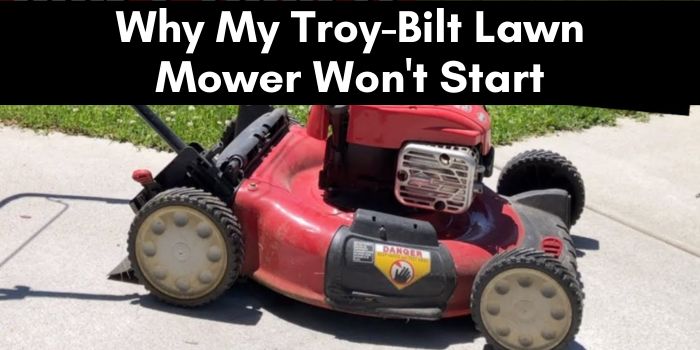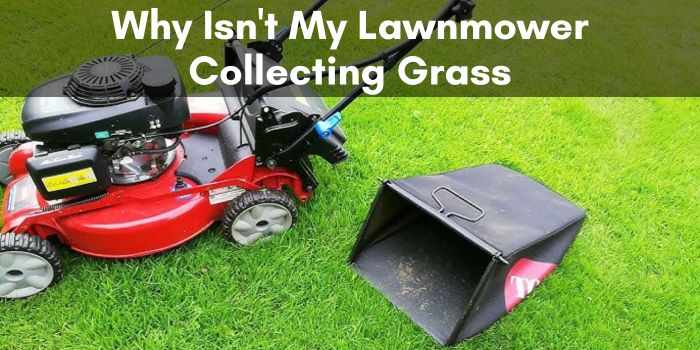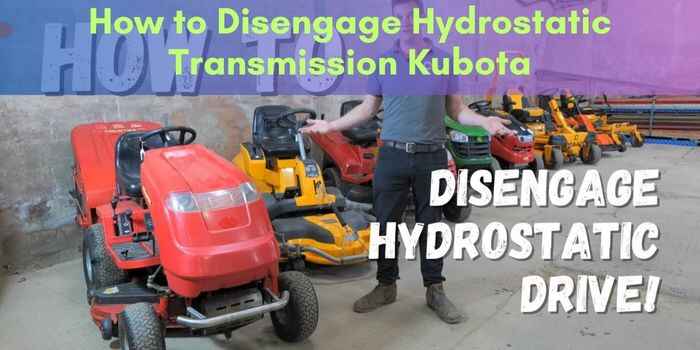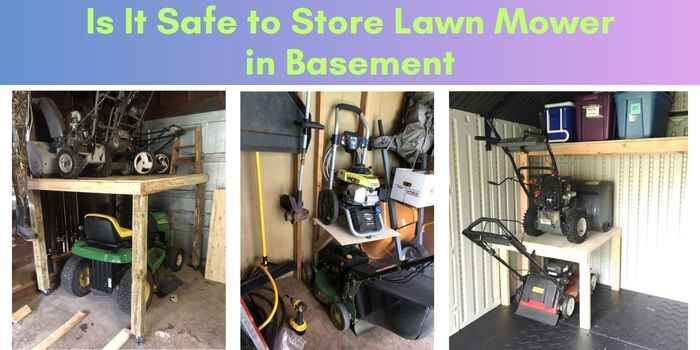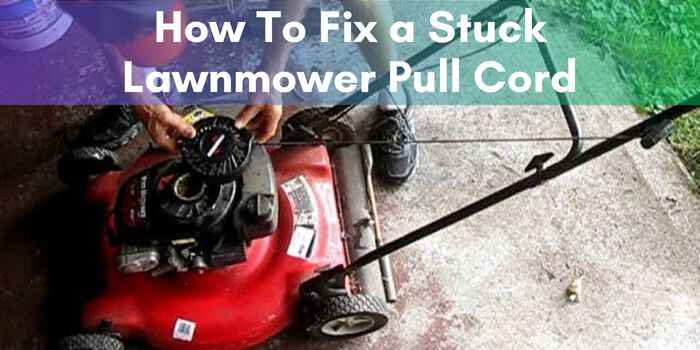How to Disengage Hydrostatic Transmission on John Deere: A Step-by-Step Guide
To disengage the hydrostatic transmission on a John Deere, locate the control lever near the right handgrip and pull it out.
Understanding Hydrostatic Transmission
To disengage the hydrostatic transmission on a John Deere, locate the control lever near the right handgrip and pull it out to be able to push the mower. Check valves in the top of the transmission may also need to be pressed down.
A hydrostatic transmission, commonly found in John Deere tractors and other heavy-duty machinery, is a type of mechanical power transmission system that uses hydraulic fluid to transfer power from the engine to the wheels. It operates on the principle of fluid dynamics and offers several advantages and disadvantages.
Let’s delve deeper into what a hydrostatic transmission is, how it works, and its pros and cons.
What Is A Hydrostatic Transmission?
- Hydrostatic transmission is a type of power transmission system used in machinery and vehicles, including John Deere tractors.
- It uses hydraulic fluid to transfer power from the engine to the wheels or other components.
- Unlike traditional mechanical transmissions, hydrostatic transmissions do not rely on gears to change speed or direction.
How Does A Hydrostatic Transmission Work?
- A hydrostatic transmission consists of a hydraulic pump and a hydraulic motor.
- The hydraulic pump is connected to the engine and generates hydraulic pressure.
- This pressure is used to move hydraulic fluid through the system.
- The hydraulic motor receives the pressurized fluid and converts it into rotational motion, driving the wheels or other components.
- By adjusting the flow and pressure of the hydraulic fluid, the operator can control the speed and direction of the vehicle or machinery.
Advantages And Disadvantages Of A Hydrostatic Transmission:
Advantages:
- Smooth and seamless acceleration and deceleration.
- Infinite speed control without the need for gear changes.
- Increased maneuverability and ease of operation.
- Ability to maintain constant speed regardless of load variations.
Disadvantages:
- Lower overall efficiency compared to mechanical transmissions.
- Higher maintenance requirements due to the complexity of hydraulic components.
- Costlier to manufacture and repair.
- Limited ability to handle high torque applications.
A hydrostatic transmission offers unique benefits and drawbacks compared to traditional mechanical transmissions.
Disengaging The Hydrostatic Transmission On John Deere
To disengage the hydrostatic transmission on a John Deere, locate the control lever near the right handgrip and pull it out to release the engagement. This will allow you to manually push the mower without the transmission being active.
The Importance Of Disengaging The Hydrostatic Transmission:
- Disengaging the hydrostatic transmission is crucial for safely performing maintenance or repairs on your John Deere equipment. This ensures that the power flow to the wheels or blades is interrupted, preventing any accidental movement or engagement.
- Failing to disengage the hydrostatic transmission can result in potential accidents, causing injury to yourself or damage to the equipment. Therefore, it is essential to follow the correct steps to disengage the hydrostatic transmission before working on your John Deere.
Safely Preparing The Equipment For Disengagement:
- Before attempting to disengage the hydrostatic transmission on your John Deere, make sure you park the equipment on a level surface to ensure stability throughout the process.
- Engage the parking brake to ensure that the equipment remains stationary throughout the disengagement process.
- Shut off the engine and remove the key to prevent any accidental start-ups during the disengagement process.
- Familiarize yourself with the specific disengagement procedures provided in your John Deere equipment’s user manual. Following the manufacturer’s guidelines is essential to avoid any damage or errors.
Step-By-Step Guide To Disengage The Hydrostatic Transmission:
- Locate the hydrostatic transmission release lever or knob. It is usually found near the hydrostatic transmission itself or on the control panel of your John Deere equipment.
- Push or pull the hydrostatic transmission release lever or adjust the knob according to the instructions provided in the user manual. This action will disengage the hydrostatic transmission and interrupt the power flow to the wheels or blades.
- Once the hydrostatic transmission is disengaged, make sure to double-check that the equipment is no longer in gear or drive mode. You can do this by attempting to move the equipment or observing the disengagement indicator on the control panel, if available.
- If necessary, engage the neutral gear if your equipment has one. This ensures that the wheels or blades are completely free from any power input.
- With the hydrostatic transmission fully disengaged and the equipment properly prepared, you can now safely proceed with your maintenance or repair tasks on your John Deere equipment.
Troubleshooting Common Issues
To disengage the hydrostatic transmission on a John Deere, locate the control lever near the right handgrip and pull it out and down. This will allow you to push the tractor without engaging the transmission.
Identifying Common Issues With The Hydrostatic Transmission:
- No movement: If your John Deere hydrostatic transmission is not engaging or providing any movement to the tractor, it could indicate a problem with the transmission’s fluid level. Check the fluid level and top it up if necessary.
- Slipping transmission: A transmission that slips while in use can be a sign of worn-out transmission belts. Inspect the belts for any signs of damage or wear, and replace them if necessary.
- Unusual noises: If you hear strange noises coming from the hydrostatic transmission, such as grinding or whining, it may indicate a problem with the gears or internal components. Have a professional technician inspect and repair the transmission if needed.
- Lack of power: When you notice a significant decrease in power while operating the tractor, it could be a result of a clogged or dirty transmission filter. Clean or replace the filter to restore power to the hydrostatic transmission.
How To Troubleshoot And Fix Common Problems:
- Check the fluid level: Start by inspecting the fluid level of the hydrostatic transmission. Ensure it is at the appropriate level indicated in the operator’s manual. Top up the fluid if necessary, using the recommended fluid specified for your John Deere tractor.
- Inspect the belts: Examine the transmission belts for any signs of damage, wear, or improper tension. Replace the belts if they are worn out or damaged, and adjust the tension to the manufacturer’s specifications.
- Clean or replace the filter: Remove the transmission filter and inspect it for dirt, debris, or clogs. Clean the filter thoroughly or replace it if it is excessively dirty. Regularly cleaning or replacing the filter will help ensure optimal transmission performance.
- Perform regular maintenance: Follow the recommended maintenance schedule provided in your John Deere operator’s manual. This includes regular fluid changes, filter replacements, and overall inspection of the transmission system. Proper maintenance will help prevent potential issues and keep your hydrostatic transmission running smoothly.
Ensuring Proper Maintenance To Prevent Future Issues:
- Follow the manufacturer’s guidelines: Always refer to the operator’s manual provided by John Deere for specific maintenance instructions and intervals. Adhering to these guidelines will help prevent future issues with your hydrostatic transmission.
- Use the recommended fluid: Make sure to use the recommended fluid specified by John Deere for your hydrostatic transmission. Using the wrong type of fluid can cause performance issues and potentially damage the transmission.
- Keep the transmission clean: Regularly clean the external surfaces of the hydrostatic transmission to prevent the buildup of dirt and debris. This will help maintain optimal performance and prevent potential damage to the internal components.
- Inspect for leaks: Routinely check for any signs of fluid leaks around the hydrostatic transmission. If you notice any leaks, have them repaired immediately to prevent further damage to the transmission.
- Store the tractor properly: When not in use, store your John Deere tractor in a dry and covered area to protect the hydrostatic transmission from the elements. This will help prolong its lifespan and prevent premature wear and tear.
Remember, regular maintenance and addressing any issues promptly can help keep your John Deere hydrostatic transmission in good working condition, ensuring optimal performance and longevity.
Frequently Asked Questions
How Do You Put A John Deere Mower In Neutral?
The process for putting a John Deere mower in neutral depends on the specific type of mower you have:
Zero-Turn Mowers
- Locate the Bypass Levers: Find the bypass levers, usually located behind the seat or at the rear of the mower. They may look like rods or have handles/wingnuts.
- Disengage the Levers: Pull the bypass levers outward to disengage the hydrostatic transmission.
- Re-engage: To re-engage the transmission, push the levers back inward.
Riding Lawn Mowers / Lawn Tractors
- Locate the Bypass Levers/Rods: These are also usually found at the rear of the mower, near the transmission.
- Disengage: Depending on the model, you may pull the levers outward or loosen them slightly with a wrench.
- Re-engage: Push the levers inward or tighten them as needed to re-engage the transmission.
How Do You Put A Hydrostatic Transmission In Neutral?
To put a hydrostatic transmission in neutral, locate the control lever near the right handgrip and pull it out and down.
How Do You Manually Push A John Deere Lawn Mower?
To manually push a John Deere lawn mower, locate the control lever near the right handgrip. Pull the lever out and down to disengage the hydrostatic transmission.
How Do You Disengage The Transaxles?
General Steps:
- Engage the Parking Brake: This is crucial to prevent the mower from rolling unintentionally.
- Locate the Bypass Levers/Valves: These controls disengage the hydrostatic transmission and are usually found near the rear of the mower by the transaxles. They might be levers, rods, or valves depending on your model.
- Disengage the Transaxles:
- Levers/Rods: Pull the levers outward or pull the rods towards you (refer to your manual for the correct direction).
- Valves: There might be a knob or a nut you need to loosen or turn depending on the model.
- Free Movement: Once disengaged, you should be able to push the mower freely.
Conclusion
We have discussed how to disengage the hydrostatic transmission on a John Deere lawn tractor. By following the steps , you can easily and safely disengage the transmission and freely maneuver your mower. Remember to locate the control lever, usually found near the right handgrip, and activate the manual bypass valve to release the fluid drive.
This will allow you to push the mower without any hindrance. Taking the time to understand and master this process will save you time and frustration in the long run. Now, you can confidently take control of your John Deere lawn tractor and navigate it effortlessly.
Happy mowing!

